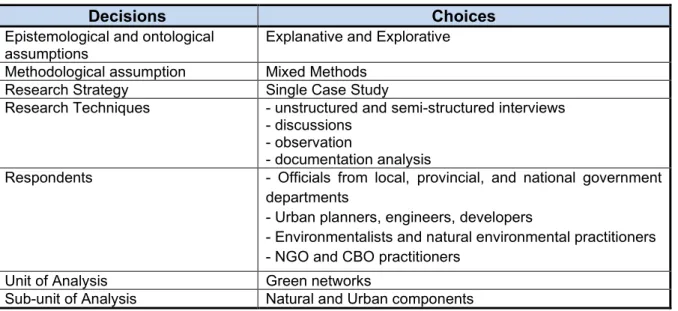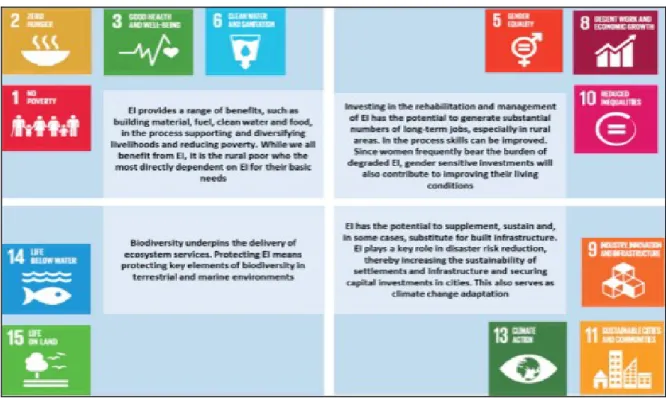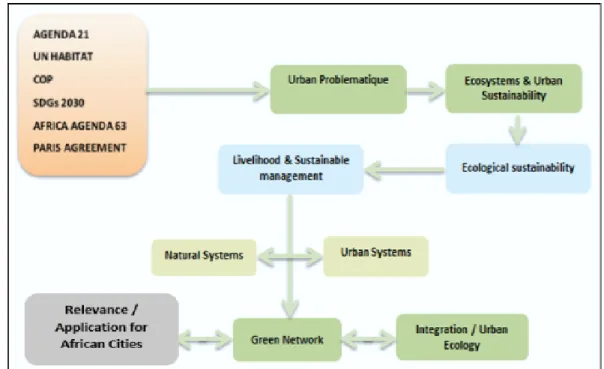A secondary form of data research (ongoing literature search) provided support to explore the area of the research problem. 6 6.1 Findings regarding the themes that emerged from the iterative thematic analysis of the raw data versus theme mentioned in the literature.
CHAPTER ONE
- BACKGROUND TO THE STUDY
- STATEMENT OF RESEARCH PROBLEM
- RESEARCH QUESTIONS
- RESEARCH AIM AND OBJECTIVES
- RESEARCH METHODS AND APPROACH
- DELINEATION OF THE RESEARCH
- SIGNIFICANCE OF THE STUDY
- EXPECTED OUTCOMES OF THE STUDY
- STRUCTURE OF THE THESIS
- presents an overview of the topic under investigations, outlining the research problem, research questions, objectives, delimitations, and the significance of the study
- outlines the research methodology and design. This chapter discusses the strategy and data analysis methods used to gather necessary information to achieve the
- reviews the existing body of knowledge to the conceptual framework in relation to the research questions
- presents the case study, associated data as well as the analysis of the data in relation to the research questions
- broadens the discussion of findings presented in chapter 4 and research implications. It also provides a summary of the main findings of the study in response to
- discusses limitations and acknowledges the importance of this type of study for further research and the implications for application. The conclusions are based on the
The use of this empirical research method was considered to be the most appropriate to meet the research objectives. It also provides a summary of the study's main findings in response to the research questions.
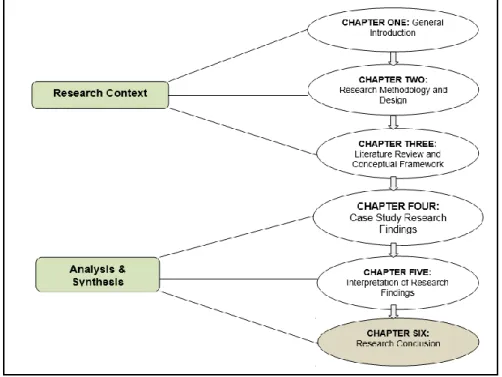
CHAPTER TWO
RESEARCH METHODOLOGY
- Approach to Research Design and strategy: Single Case - Study
- The unit of analysis
Case Study Research: design and methods_ Fifth Edition (2014) - Step 1 (Design): Defining the "case" or unit of analysis. This research study adopted a single case design, and the unit of analysis should be the elements that are the focus of the case study analysis.
RESEARCH DESIGN
- The Case study Strategy
First, the case study approach creates a context for the research that enabled an in-depth investigation that helped to achieve the study's objectives. The case study design suits phenomena that can hardly be separated from their context (Yin, 2003).
DATA COLLECTION AND METHODS OF ENQUIRY
- Data Collection Techniques
- Secondary Data
- Primary Data
By means of an "interview guide" the interview will be kept within the parameters traced by the purpose of the study (Cohen D, 2006). As the case study is in a natural context, there are opportunities to look around and get a feel for the place.
Type of Data Data Sources Benefits
- Selection of respondents and Sampling process
- DATA PROCESS OF ANALYSIS
- DATA ANALYSIS
- DATA CODING
- Utility of Computer-Aided Qualitative Data Analysis Software (CAQDAS)
- Using Nvivo to conduct analysis
- DATA-DISPLAY
- DATA VALIDITY AND RELIABILITY
- ETHICAL CONSIDERATIONS
- CHAPTER SUMMARY
For this research, participants were purposely selected because of their expertise and knowledge domain that was pertinent to the context of the study. Afterwards, the original interview was listened to again from the completed verbatim transcription to ensure that the researcher became familiar with the data for analysis and interpretation.

CHAPTER THREE
CONTEXTUAL ISSUES
Therefore, urban areas experience a large increase in temperature due to the urban heat island effect (Kong et al., 2014). Therefore, comparing the effect of green spaces on climate in urban areas remains a challenge (Bowler et al., 2010).

THE NATURAL SYSTEMS
These valuable functions result from the unique natural characteristics of wetlands (naturally enhanced water quality, flood protection, coastal erosion control, recreational opportunities, and aesthetic appreciation at no cost). The protection and preservation of natural places and the interaction of living organisms in cities is one of the important bases for understanding the importance of nature as a whole (Hough, 2004:138).
THE URBAN SYSTEMS
When asked, people tend to prefer green open spaces more for their natural surroundings, opportunity for physical exercise, and visual appeal. It is clear that green open space has several values, but it is essential to recognize that it is also vital to preserve biodiversity and urban ecosystem services in cities (Corkery & Marshall, 2011; Konijnendijk et al., 2013). For this reason, some research has focused on improving green open spaces and landscape connectivity, suggesting that green spaces such as gardens and backyards should also be considered to better participate in biodiversity conservation (Goddard et al., 2010).
It is clear that the biodiversity present in green open spaces is highly dependent on the quality and structure of its habitat (Ives et al., 2014).
INTEGRATION OF URBAN AND NATURAL SYSTEMS
As more and more of the world becomes urbanized, maintaining the earth's biological balance has become a challenging goal. Luo et al., (2016) presented a case of the Karst area in southwest China with unique fauna, rich in terrestrial organisms and endemic species where the increasing human population has affected and destroyed the original vegetation. As Hamza & Zetter said: "The record of planning and managing rapid urbanization in the developing world has not been impressive, either in terms of the tools used or the quality and performance of the resulting urban environments."
Mensah (2014:6) argued that one of the planning issues in Africa is the outdated nature of some regulations to meet current urban development trends.
GREEN NETWORKS AND URBAN PLANNING
While various definitions of the term green network have been proposed, urban green networks are defined as a set of networks of ecological functions and interactions with the landscape matrix (Na Xiu et al., 2016). As can be seen, evidence of increased attention to urban green network support is supported by the Shenzhen Greenway case study in southern China. In his research on spatial patterns and relationships between people and the environment, Richard Forman (2008) defines urban ecology as “the study of.
From another point of view, Aldo Leopold in "The Land Ethics" (1949) highlighted the need for humans to relate to nature.

CONCEPTUAL FRAMEWORK
Ecosystems and Urban Sustainability - introduce the sustainability of ecosystems and urban environment that provide two systems (natural and urban) to be integrated through urban ecology and green networks to improve the management of environmental sustainability of African cities and ultimately the livelihoods of their citizens to improve . Relevance/Application for African Cities – represents the need for African cities to act in the management of urban natural spaces to address environmental challenges resulting from significant population growth and rapid urbanization. The components illustrated in Figure 3.4 interact with each other and represent the complexity of ecosystems and urban sustainability.
This study used this conceptual framework to investigate the coexistence between city and nature and to contribute to the body of knowledge regarding the contribution of green networks to sustainability in African cities.
CHAPTER SUMMARY
CHAPTER FOUR
INTRODUCTION
The purpose of this chapter is to provide a strong contextual understanding of the site and its processes to inform future strategies and interventions for the TRUP area.
THE SELECTION OF THE CASE STUDY
SITE LOCATION, CONTEXT AND HISTORICAL USES
- Site Characteristics
- Land Use and Ownership
- Historical Role of the Site
The Two Rivers Urban Park (TRUP) is centrally located around where the rivers Black and Liesbeek meet, and the floodplains and adjacent areas form the core of the site. The site provides an opportunity to continue to serve as a major recreational amenity in the city while meeting some of the development needs of its growing population. Through the influence of the natural environment, the site has the ability to encourage and spur appropriate mixed urban and recreational interventions.
The site is reported as a site of the first major conflict between the invading colonialist establishing farms and the native tribe that attached significant ceremonial value to this location.
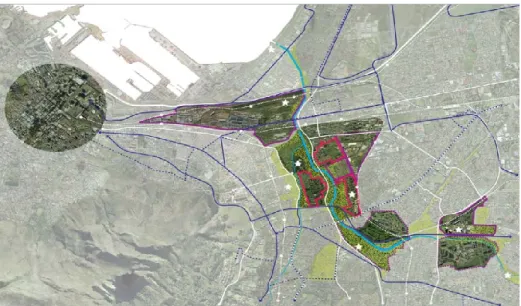
ECOLOGICAL ANALYSIS
- Water Systems
- Plant Systems
- Wildlife Systems
They are important to the health of the river and need to be well managed and maintained. The picture shows the changed areas of conservation importance in the southern part of the TRUP study area. This iris-like plant species is endemic to the clay slopes in the northeastern part of the cape.
Despite the complete transformational nature of the studied TRUP area, there are valuable reserves of terrestrial and aquatic biodiversity in the area.
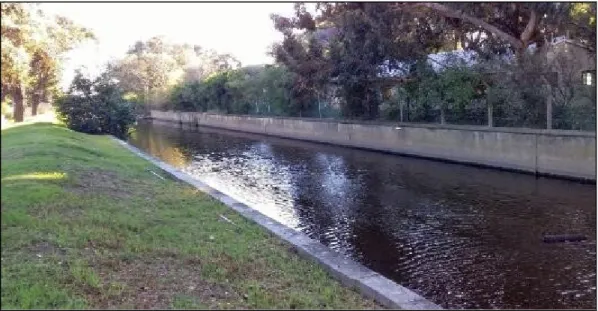
URBAN GREEN SYSTEMS
- Green Open Space
- Opportunities and Constraints
- Waste and Flow Management
Mature groves of trees are found on site and contribute to the park's cultural value. Many of the historic buildings are in poor condition and are separated by visually impenetrable walls. Many responses across the data speak of the need to clean up the area and eliminate pollution of the natural resources.
In relation to remediation and wetlands, respondent 6 said: “… I think that remediation of wetlands is easy in a sense.
INTEGRATING URBAN AND NATURAL SYSTEMS
- Rehabilitation and Management of the Natural Ecosystems
- Ensuring Sustainable Urban-Ecological Development The above contextual and site analysis was used to engage with a wide range of
In all responses, views on the current and future role of TRUP were mixed. There was a need for overall clarity and vision regarding the purpose of TRUP as expressed in the data. Regarding the function of the two rivers, the Black River and the Liesbeek River, respondents pointed out a number of differences between these ecosystems.
Two respondents explained how community needs and wants regarding agriculture should not be inferred.
PLANNING FOR INITIATIVES IN TRUP
Overall, the responses were positive and hopeful about the site's potential to contribute towards achieving the goals of the National Development Plan, as well as the United Nations Sustainable Development Goals. The city's objectives are to restore the two river ecosystems by greening in and around the Two Rivers and creating recreational infrastructure such as trails and parks.
WESTERN CAPE VISION FOR THE SITE
FINDINGS OF CODING ANALYSIS
CHAPTER SUMMARY
The data collected in this chapter provided some answers to relevant research questions and revealed the importance of green networks for sustainable urban development in the study area. The two cannot be separated, and conservation efforts must aim for nature-inspired actions to improve the resilience of ecosystems. In the next chapter, the findings of this case study are interpreted to make sense of it.
CHAPTER FIVE
- RELATIONSHIP TO PREVIOUS RESEARCH
- RETURN TO RESEARCH QUESTIONS
- RECOMMENDATIONS
- Recommendations relating to the study
- Recommendations for further studies
- CHAPTER SUMMARY
The findings suggest that a different appreciation and perception of the presence of nature in the city can enable human populations to develop ecological awareness and encourage conservation efforts. In general, the increasingly abundant literature on the subject shows that the quality of life of urban dwellers and even their health is closely linked to the quality of the biodiversity in which they live. Before presenting the conclusion of this research, two sets of recommendations have been identified based on the outcomes of the research.
The objectives of this research were defined and the findings of the collected data were discussed.
CHAPTER SIX
CONCLUSION OF THE RESEARCH
- INTRODUCTION
- OVERVIEW OF THE STUDY
- LIMITATIONS OF THE RESEARCH
- CONTRIBUTIONS OF THE RESEARCH
- CONCLUDING REMARKS
The role of water for natural ecosystems “Rivers need to be rehabilitated and restored to their best condition in order to reach their full potential as a natural system. However, the main aim of the research is to develop an understanding of the interconnectedness and potential. Urban ecological studies, the diversity of characteristic features of the ecosystem services they provide in Africa are rare.
According to ICLEI (2018) and UNEP (2016) in their review “The State of Biodiversity in Africa”, African city governments are largely unprepared to face the challenges of urbanization.

Indicators for Quantitative Evaluation of the Social Service Function of Urban Green Belts: A Case Study of Shenzhen, China. Analysis of the urban heat island effect in Shijiazhuang, China using satellite and aerial data. A regional review of the state of urban planning and planning practice in Anglophone (sub-Saharan) African countries.
What are your thoughts on the benefits of going green for the BODY in the context of the wider ecology.

